An architectural masterpiece standing proudly in the heart of Rome, the Basilica of Maxentius and Constantine embodies the grandeur and the rich history of the Roman Empire. Its influence pervades centuries and its story is interwoven with the lives of two of Rome’s most significant emperors – Maxentius and Constantine.
Construction of the Basilica of Maxentius and Constantine initiated under the rule of Roman Emperor Maxentius in 308 AD. It was completed under the auspices of Constantine, approximately between 312-313 AD. Despite its religious name, the basilica functioned primarily as a public meeting space, a judicial center, and an administrative hub, much like other Roman basilicas of the time.
The Genesis of the Basilica
In the early 4th century, Maxentius ascended to power in Rome. Maxentius embarked on a significant construction spree across the Roman Forum, aiming to showcase his power and authority. His projects ranged from restoring ancient temples to constructing new, magnificent structures.
Maxentius began construction of the Basilica Maxentius around 305 AD on the Via Sacra in the Roman Forum, west of the Temple of Venus and Roma, which he also restored after a fire. It was arguably the most grandiose of his building projects.
The Basilica of Maxentius and Constantine was truly a triumph of engineering. Its design, closer to imperial baths than classical basilicas, boasted of deeply coffered vaults made of concrete similar to the Baths of Diocletian. The exterior, although plain, was covered in stucco to mimic ashlar masonry typical of late Roman structures. Inside, it was lavishly decorated with marble revetments on its walls and the floor was paved with colored marble in geometric patterns. The vaults were decorated with stucco, painted, and gilded.

The Basilica of Maxentius and Constantine in the Roman Forum in Rome, Italy. Visitors to the Roman Forum in antiquity could see it shining from afar, for its roof was once covered with gilded tiles. However, they were removed in the 7th century and re-used in the building of Old St. Peter’s.

The most magnificient monument in the whole Forum stands a little more than one hundred yards east of the Basilica Aemilia, upon the Sacred Way. lt is the ‘New’ Basilica, known as that of Maxentius and Constantine, since it was begun by Maxentius (306-12) – the last pagan emperor to choose Rome for the capital – and completed by his victor Constantine the Great (312-37).
The Basilica of Maxentius and Constantine had a profound impact on architecture. Architects like Bramante, Raphael, Antonio da Sangallo, and Michelangelo studied its design. It also greatly influenced the design of the St. Peter’s Basilica.
Today, only a fragment of the basilica’s northern aisle remains. However, this structure is a powerful testament to the architectural grandeur of the Roman Empire. Unfortunately, most of the building was destroyed in an earthquake during the 9th century. The Basilica’s allure, coupled with the presence of valuable materials, made it a prime target for plundering during the Middle Ages and Renaissance. Notably, Pope Paul V moved one of the imposing columns to Piazza di Santa Maria Maggiore, where it still stands today.
Visitors to the Roman Forum can still walk alongside the ruins of the basilica to appreciate its sheer size. They can step underneath the colossal arches and marvel at the patterned ceilings. The edge of the Palatine Hill offers a spectacular view of the basilica, providing a sense of its size relative to its surroundings.
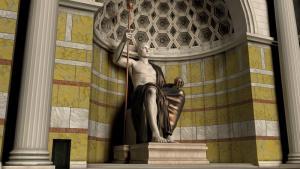
Statue of Constantine the Great – Reconstruction by the University of Virginia. Source: twitter.com/thebyzantinelegacy

Interior of Basilica of Maxentius Reconstruction by Editrice La Scuola. Source: http://www2.edu.lascuola.it/edizioni-digitali/GuidaStudioStoria/solo-online/vol1/immagini/194-massenzio/index.html#/






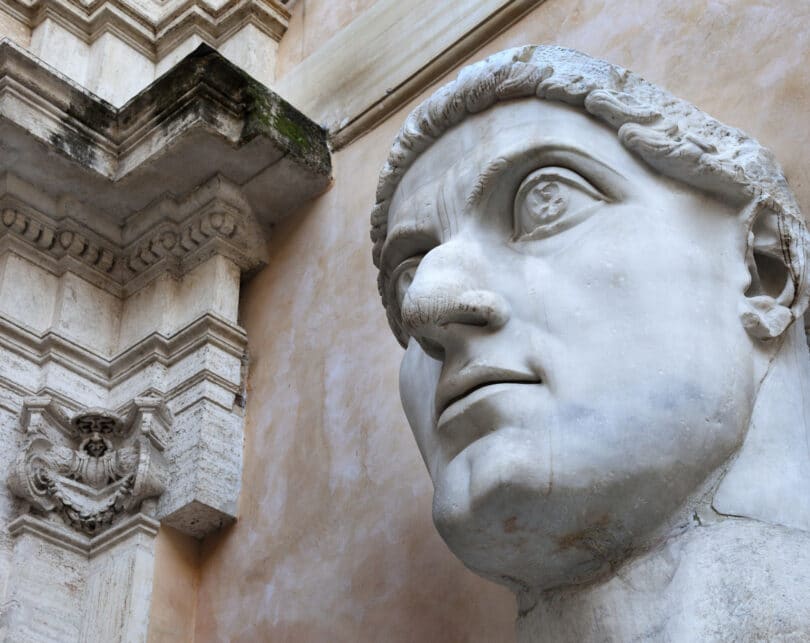








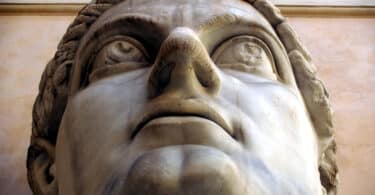







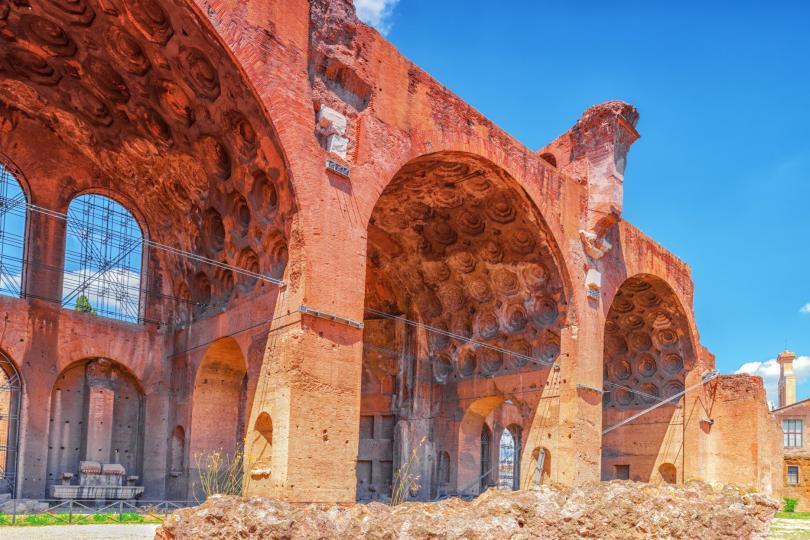







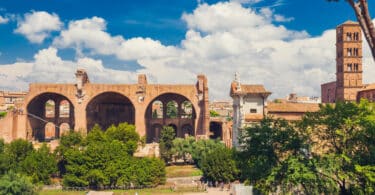
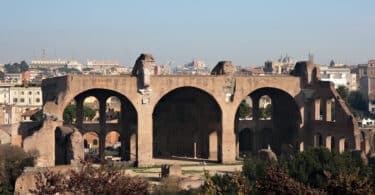

Leave a Comment